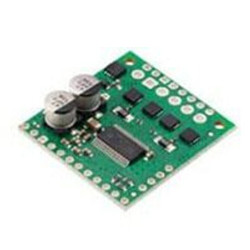
Breakout Boards
What is a breakout board?

The purpose of a breakout board is that it takes an electrical component, like a small sensor, and makes it easy to connect this to your Arduino, Raspberry Pi, or whatever platform you are using. Breakout boards are designed to simplify the process of prototyping with different components in your latest electronics project.
The component being connected is usually an integrated circuit (IC) – a small computer chip – which has a number of “pins” on them. These act as the connections between the chip and the rest of the system such as for power supply, ground or input and outputs. In the past ICs were large enough that you could drill a hole in the circuit board and use this to solder in a “through hole” pin which can easily be used with solderless breadboards. Over time the size of electrical components shrunk to the point were it is not practical to drill a hole in the circuit board – this has led to the rise of surface mount devices (SMDs). The ICs in these devices can no longer be used directly with solderless breadboards – breakout boards “break out” the conductors from the SMD onto a printed circuit board which can be easily be clipped into a breadboard again.
A comparable product is an Arduino shield which also allows simplifies the process of connecting new components to the main development platform. One advantage of breakout boards are that they tend to be smaller with the printed circuit board often being of a similar size to the IC. The main benefit is that breakout boards are not designed for use with any particular platform and are compatible with most micro-controller development boards – giving you more flexibility when you are experimenting with different setups.
- Product
- Qty in Cart
- Quantity
- Price
- Subtotal
-
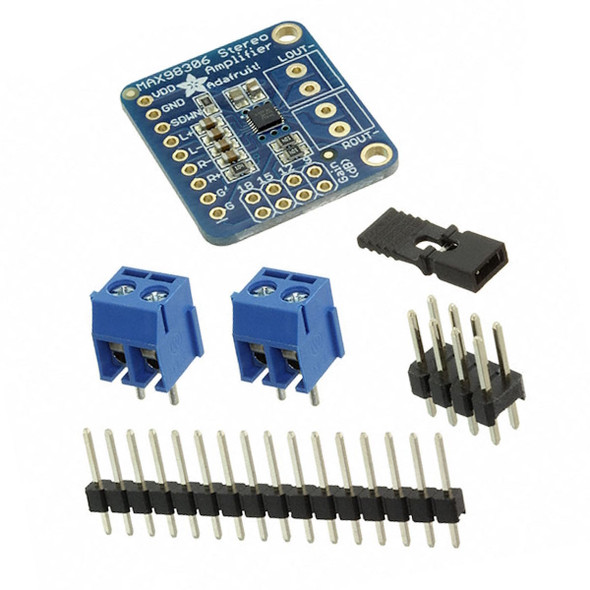
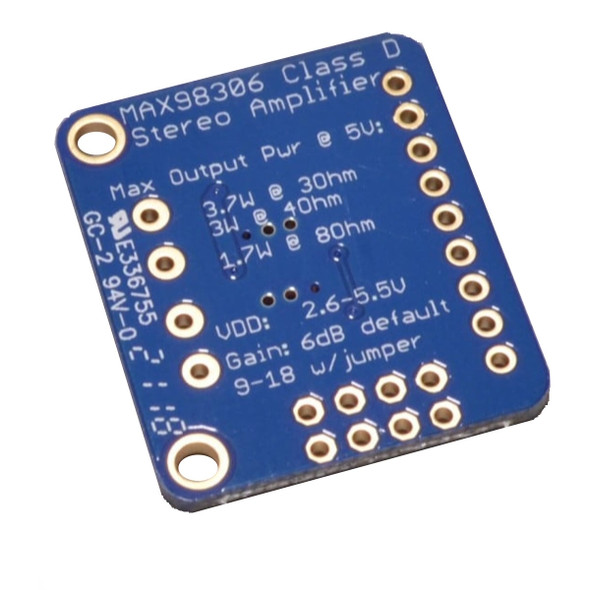
Stereo 3.7W Class D Audio Amplifier - MAX98306
AdaFruit
£8.50Stereo 3.7W Class D Audio Amplifier - MAX98306 This incredibly small stereo amplifier is surprisingly powerful - able to deliver 2 x 3.7W channels into 3 ohm impedance speakers. Inside the miniature chip is a class D controller, able to run from 2.7V-5...£8.50Qty in Cart: 0Price:£8.50Subtotal: -

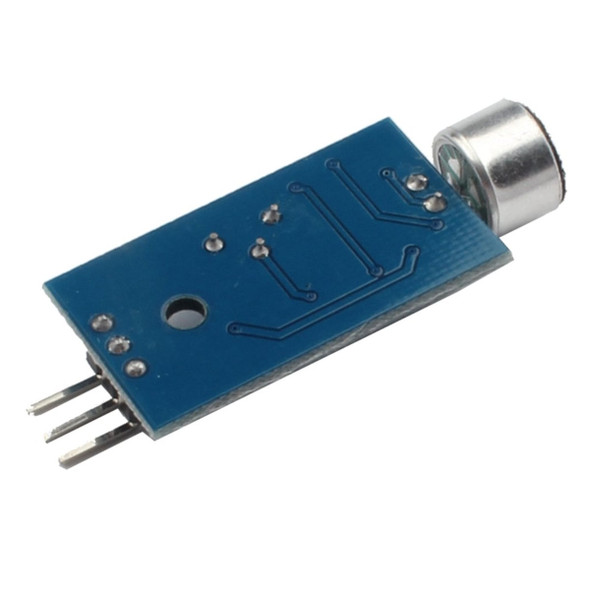
High Sensitivity Sound Microphone Sensor Detection Module
Proto-PIC
£2.00High Sensitivity Sound Microphone Sensor Detection Module What did you say??? If only I had one of these super sensitive sound devices plugged in! The main chip is the LM393 with a working voltage of 4-6V DC, so perfect for use with an Arduino Uno or any...£2.00Qty in Cart: 0Price:£2.00Subtotal: -

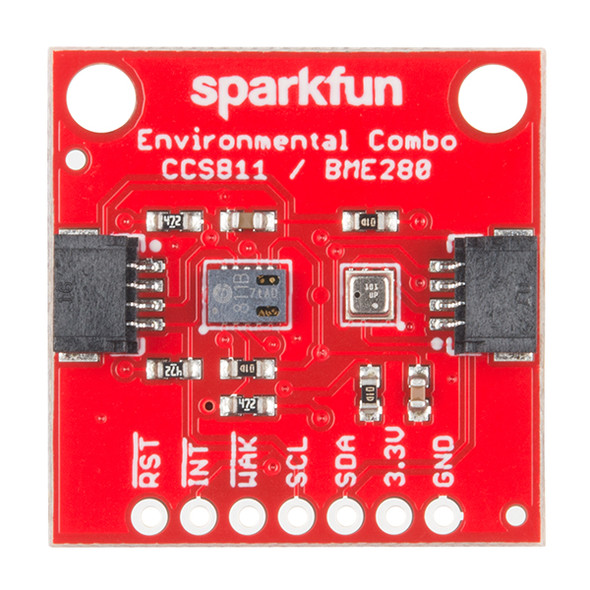
Environmental Combo Breakout - CCS811/BME280 (Qwiic) (SEN-14348)
Sparkfun
£33.00Environmental Combo Breakout - CCS811/BME280 (Qwiic) - Sparkfun SEN-14348 The SparkFun CCS811/BME280 Environmental Combo Breakout takes care of all your atmospheric-quality sensing needs with the popular CCS811 and BME280 ICs. This unique breakout...£33.00Qty in Cart: 0Price:£33.00Subtotal: -


Wave Shield for Arduino Kit - v1.1 (94)
AdaFruit
£23.00Wave Shield for Arduino Kit - v1.1 perfect for Arduino projects! Adding quality audio to an electronic project is surprisingly difficult. Here is a shield for Arduino 328's that solves this problem. It can play up to 22KHz 12bit uncompressed audio files...£23.00Qty in Cart: 0Price:£23.00Subtotal: -


GNSS Receiver Breakout - MAX-M10S (Qwiic) (GPS-18037)
Sparkfun
£45.00GNSS Receiver Breakout - MAX-M10S (Qwiic) The SparkFun MAX-M10S Breakout is an ultra-low-power, high performance, miniaturized GNSS board that is perfect for battery operated applications that don't possess a lot of space, such as asset trackers and...£45.00Qty in Cart: 0Price:£45.00Subtotal: -


GPS Breakout - NEO-M9N, U.FL (Qwiic) (GPS-15712)
Sparkfun
£70.00GPS Breakout - NEO-M9N, U.FL (Qwiic) The SparkFun NEO-M9N GPS Breakout is a high quality GPS board with equally impressive configuration options. The NEO-M9N module is a 92-channel u-blox M9 engine GNSS receiver, meaning it can receive signals from the...£70.00Qty in Cart: 0Price:£70.00Subtotal: -
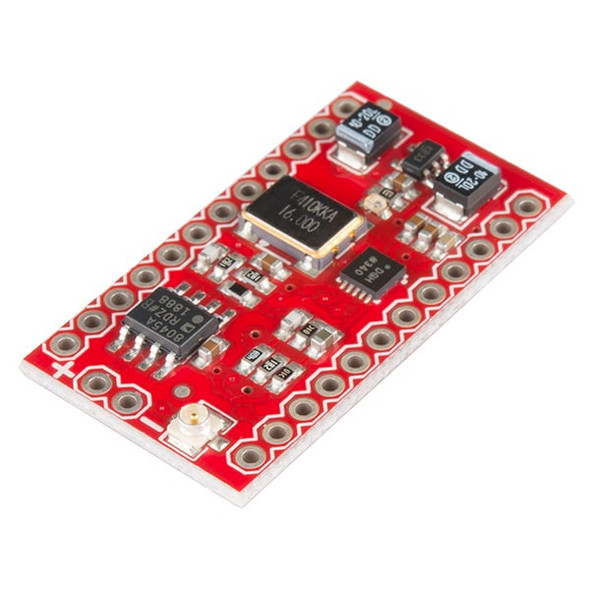
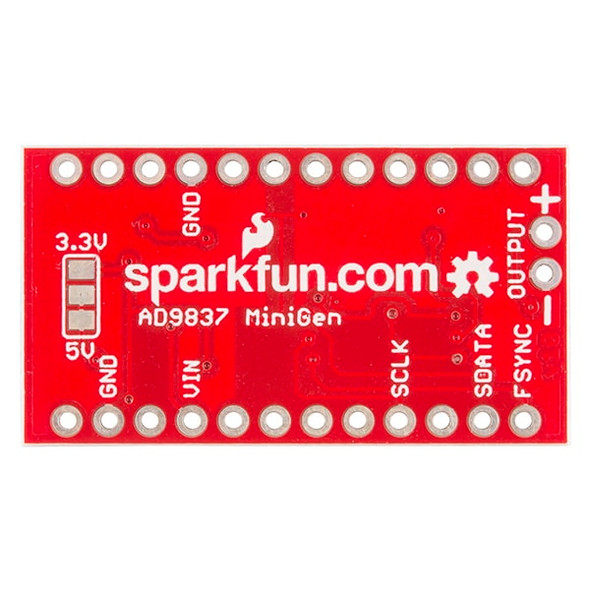
MiniGen - Pro Mini Signal Generator Shield (BOB-11420)
Sparkfun
£34.00MiniGen - Pro Mini Signal Generator Shield - Sparkfun BOB-11420 Discontinued last chanec to buy This is the SparkFun MiniGen Signal Generator, a small shield for the Arduino Pro Mini that is capable of generating sine, square, or triangle waves at up to...£34.00Qty in Cart: 0Price:£34.00Subtotal: -


Qwiic Mux Breakout - 8 Channel (TCA9548A) (BOB-16784)
Sparkfun
£13.20Qwiic Mux Breakout - 8 Channel (TCA9548A) SparkFun BOB-16784 Do you have too many sensors with the same I2C address? Put them on the SparkFun Qwiic Mux Breakout to get them all talking on the same bus! The Qwiic Mux Breakout enables communication with...£13.20Qty in Cart: 0Price:£13.20Subtotal: -
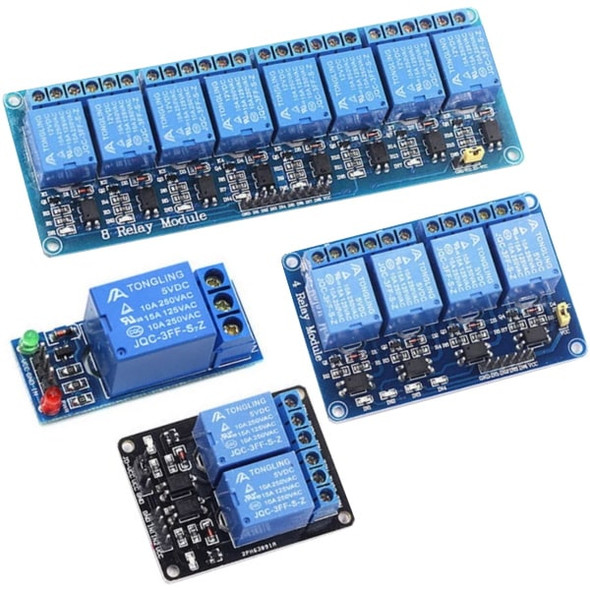
Relay Module With Optocoupler, 5V DC Control, 1/2/4/6/8 Channel
£4.50 - £7.00Relay Module With Optocoupler, 5V DC Control, 1/2/4/6/8 Channel We've put together this handy range of Relay Modules. They can switch 250V, 10A AC, or 30V, 10A DC circuits, using just 5V logic. These relays are perfect for home, office, or factory...£4.50 - £7.00Qty in Cart: 0Price:£4.50 - £7.00Subtotal: -
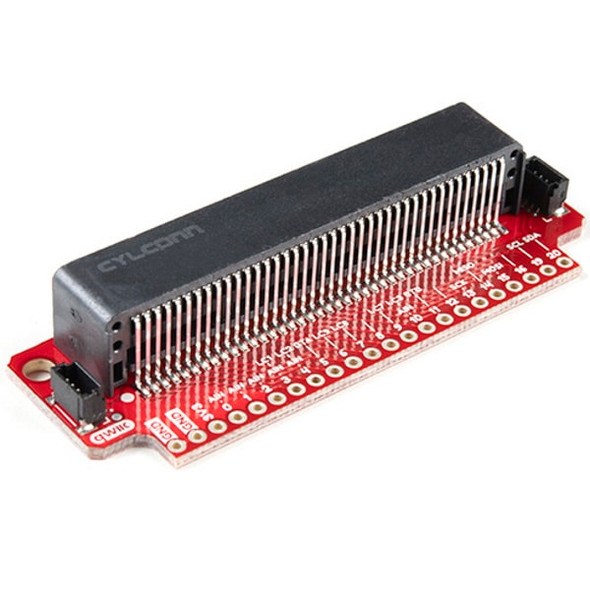

Qwiic micro:bit Breakout
£7.00Qwiic micro:bit Breakout The SparkFun Qwiic micro:bit Breakout is a board that connects to the BBC micro:bit and expands the capabilities of the development platform by providing access to more pins and allowing for connections to the I2C and SPI buses...£7.00Qty in Cart: 0Price:£7.00Subtotal: -

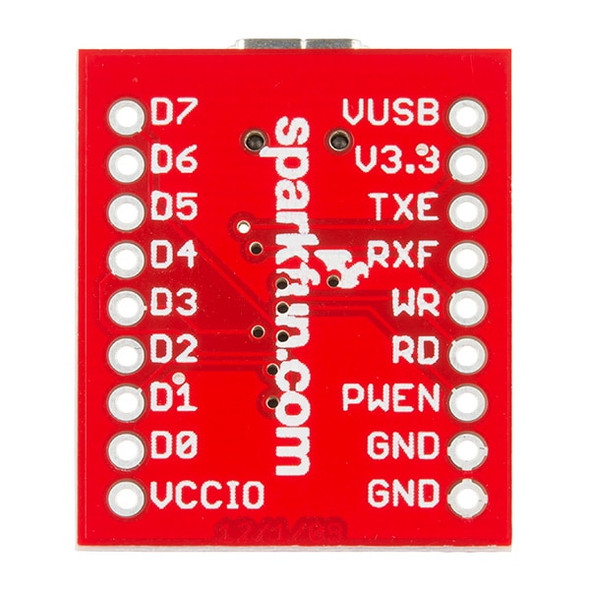
Breakout Board for FT245RL USB to FIFO (BOB-07841)
Sparkfun
£15.00Breakout Board for FT245RL USB to FIFO - Sparkfun BOB-07841 Basic breakout board for FTDI's popular USB to FIFO IC. Now with internal oscillator and EEPROM, the FT245RL is an impressive IC! This FIFO IC gives the user 8 I/O pins for parallel reading and...£15.00Qty in Cart: 0Price:£15.00Subtotal: -


LMD1820x H-Bridge Breakout Board (BOB-00747)
Sparkfun
£3.00LMD1820x H-Bridge Breakout - Sparkfun BOB-00747 Discontinued last chanve to buy! A breakout board for the LMD18201 and LMD18200. These very powerful H-Bridges are great, but have a very awkward 0.067" pin pitch.This breakout board converts the 67mil...£3.00Qty in Cart: 0Price:£3.00Subtotal:
